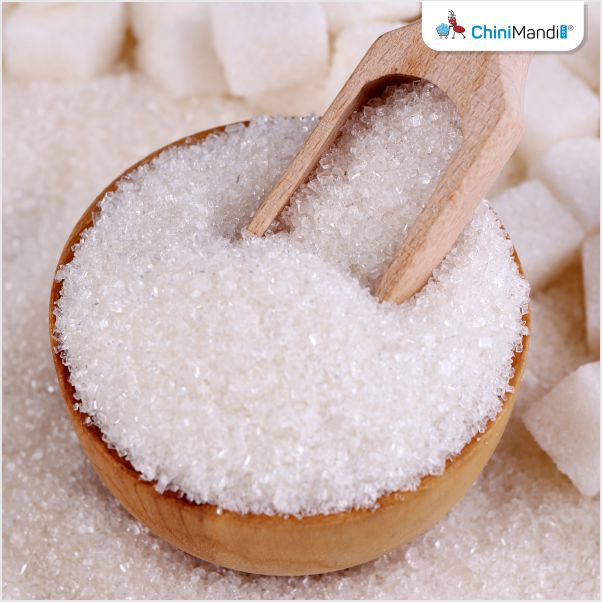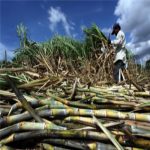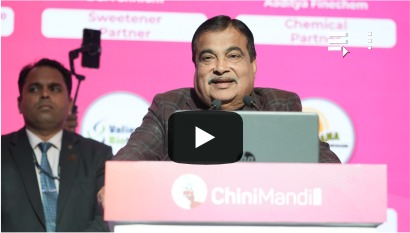An economy with strong agriculture, industry, and services sectors, Maharashtra is set to gain significantly from the recent GST reforms. The state’s economy entails sugar production in its western belt, fruit and vegetable processing in Nagpur, Nashik, Jalgaon, and Konkan, and fisheries along the coastal districts. It is equally recognised for its handloom hubs like Ichalkaranji and Solapur, iconic crafts such as Kolhapuri chappals, Warli paintings, and Paithani sarees, as well as industrial clusters in automobiles, defence, and pharmaceuticals.
The reforms bring GST reductions across these sectors, lowering rates and bringing relief to consumers. By cutting costs and enhancing competitiveness, the changes directly support farmers, artisans, workers, and professionals. The new structure ensures affordability for consumers while strengthening Maharashtra’s economy.
According to the PIB report, Maharashtra’s Sugar Belt in the western districts covers Kolhapur, Sangli, Satara, Pune, Solapur and Ahmednagar. It is India’s largest sugar producer and accounts for ~35-40% of the country’s total output. The industry provides direct employment to over 200,000 workers in more than 200 sugar mills and supports the livelihoods of an estimated 50 lakh sugarcane farmers.
The revised GST rate from 12% to 5% on refined sugar will make sugar ~6-7% cheaper at the wholesale level. This will lower input costs for a vast food processing industry (confectionery, beverages) and reduce household grocery bills, the PIB report further added.
The food processing sector in Maharashtra has received a boost through the reduction of GST on processed fruit products. GST rate on fruit juices, jams, jellies, and sauces is reduced from 12% to 5%. This change directly benefits Maharashtra’s horticultural belts, such as, Nagpur for oranges, Nashik for grapes, onions, and tomatoes, Jalgaon for bananas, and the Konkan region renowned for mangoes. The industry has 2,728 registered food processing units (FPUs) and provides employment to around 2 lakh people, accounting for 13% of India’s workforce in the food processing sector. In terms of trade, the state’s contribution to India’s agricultural and food product exports during 2022-23 stood at 17.64% of India’s total.
The GST rate cut will lower the cost of processed food products by ~6-7%. This is expected to encourage higher consumption, promote value addition, and increase the offtake of produce from farmers across the horticultural belts of the state.

















[…] Source : Chinimandi […]